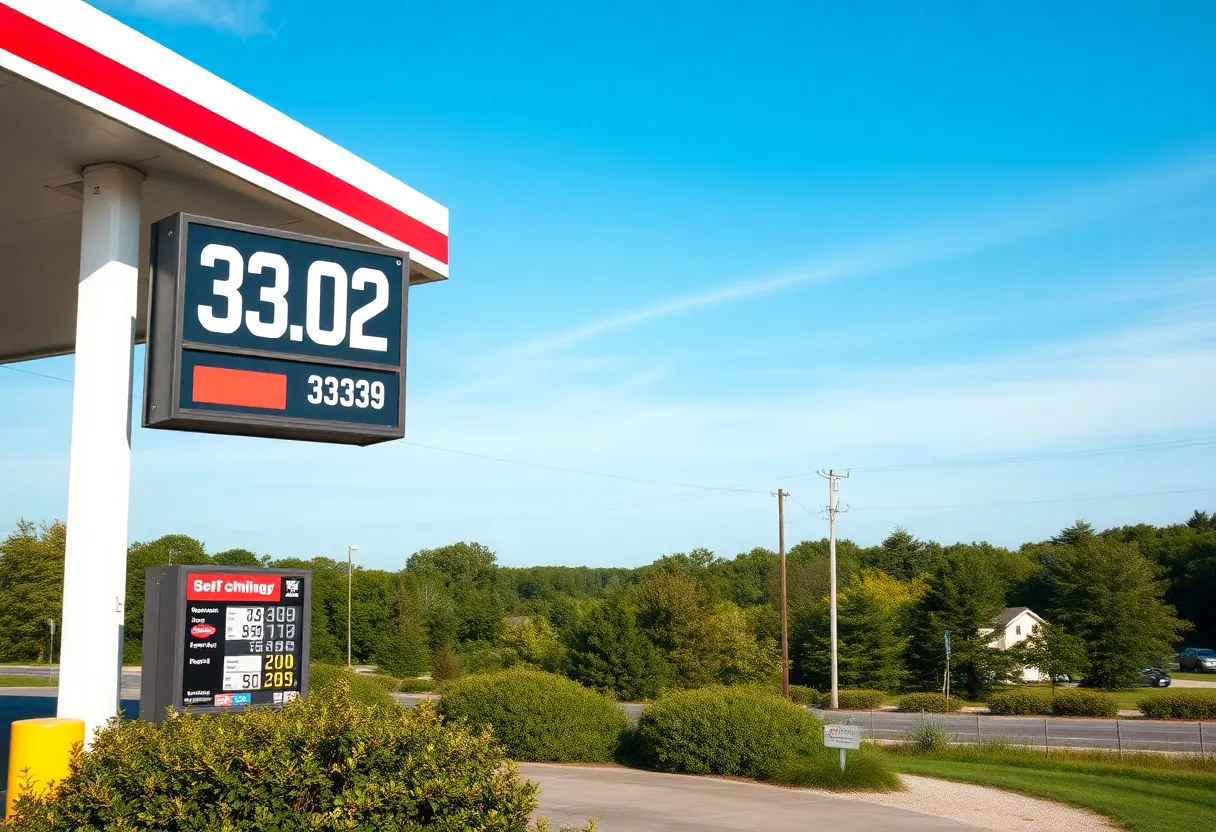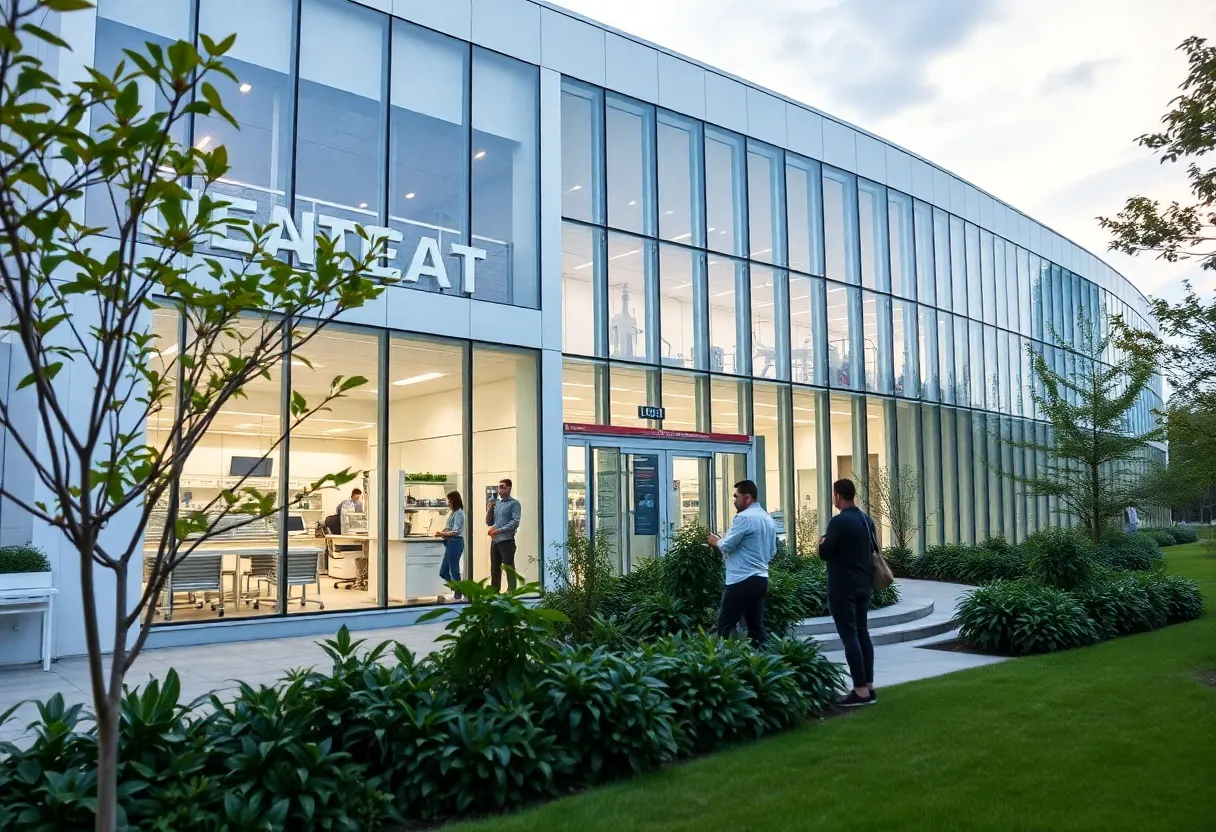News Summary
Rhode Island gas prices have risen slightly to an average of $3.03 per gallon, reflecting a 1 cent increase from last week and a 6 cent rise from a month ago. Despite this rise, prices remain 44 cents lower than last year. The state’s prices are also 12 cents below the national average of $3.15. Factors influencing this increase include rising oil prices, geopolitical tensions, and strong fuel demand amidst tightening inventories.
Rhode Island is experiencing a slight increase in gas prices, with the average price rising to $3.03 per gallon, according to recent reports. This reflects an increase of one cent from the previous week and a 6 cent rise compared to prices a month ago, which were at $2.97. However, prices are currently 44 cents lower than this time last year when drivers were paying an average of $3.47 per gallon.
Despite the recent uptick, Rhode Island’s gas prices remain 12 cents below the national average, which sits at $3.15 per gallon as of July 14. The national average has also increased by a penny from the previous week, marking a 2 cent increase compared to a month ago when it was $3.13, but still showing a significant decrease of 37 cents compared to the same day last year when it was $3.52.
In the broader context of the Northeast region, gas prices have remained relatively stable, with fluctuations primarily driven by varying oil prices and domestic gasoline demand. As reported, states such as Mississippi ($2.70) and Oklahoma ($2.75) are currently enjoying the lowest gas prices in the nation, while California and Hawaii are facing the highest, priced at $4.52 and $4.46 respectively. Rhode Island ranks 25th nationwide for the lowest gas prices.
The slight increase in gas prices can be attributed to rising oil prices, which have seen a significant surge of over $10 a barrel since early June, now ranging between $74 and $78. This rise has been largely influenced by geopolitical tensions in the Middle East, particularly the ongoing conflict between Israel and Iran. With the increasing tensions, the global oil market has reacted, impacting domestic fuel prices.
Currently, the Energy Information Administration (EIA) reports that gasoline demand is strong, reaching 9.29 million barrels per day, which aligns with seasonal expectations. However, there has been a notable decrease in both oil and gasoline inventories, which contributes to the upward pressure on prices as supply tightens amidst steady demand.
In recent weeks, Rhode Island has seen fluctuations in gas prices; for example, on June 23, the average price had risen to $3.07 per gallon, up 9 cents from the previous week. This rise indicated a 6 cent increase over the month earlier when prices averaged $3.01 per gallon, alongside a 32 cent drop compared to the same day last year, when prices were at $3.39.
As consumers continue to navigate the effects of fluctuating gas prices, they face the challenge of aligning their budgets with a market that is sensitive to both global issues and local demands. The interplay of geopolitical developments and domestic market conditions creates a complex scenario for fuel costs, making it essential for drivers to keep abreast of market trends as they fill their tanks.
Deeper Dive: News & Info About This Topic
- PBN: R.I. & Mass. gas prices hold despite rising oil prices
- GoLocalProv: R.I. gas prices spike
- Turn to 10: AAA gas prices in Rhode Island increase by 9 cents
- Providence Journal: Average gas prices in Rhode Island under $3
- The Westerly Sun: AAA average Rhode Island gas prices hold steady

Author: STAFF HERE PROVIDENCE WRITER
The PROVIDENCE STAFF WRITER represents the experienced team at HEREProvidence.com, your go-to source for actionable local news and information in Providence, Providence County, and beyond. Specializing in "news you can use," we cover essential topics like product reviews for personal and business needs, local business directories, politics, real estate trends, neighborhood insights, and state news affecting the area—with deep expertise drawn from years of dedicated reporting and strong community input, including local press releases and business updates. We deliver top reporting on high-value events such as WaterFire, Rhode Island International Film Festival, and Rhode Island Comic Con. Our coverage extends to key organizations like the Greater Providence Chamber of Commerce and Providence Warwick Convention & Visitors Bureau, plus leading businesses in finance and manufacturing that power the local economy such as Citizens Financial Group and Textron. As part of the broader HERE network, we provide comprehensive, credible insights into Rhode Island's dynamic landscape.





